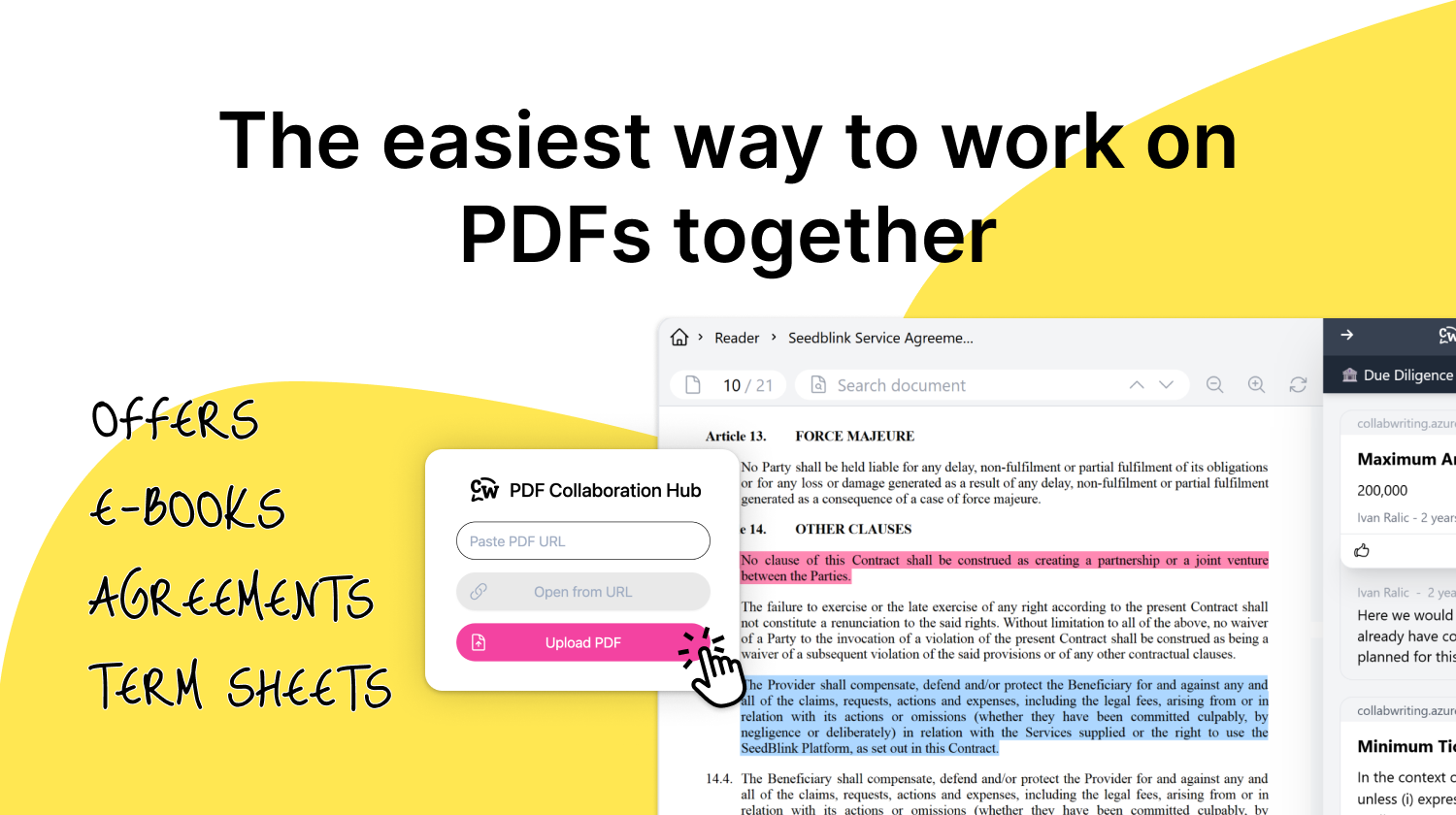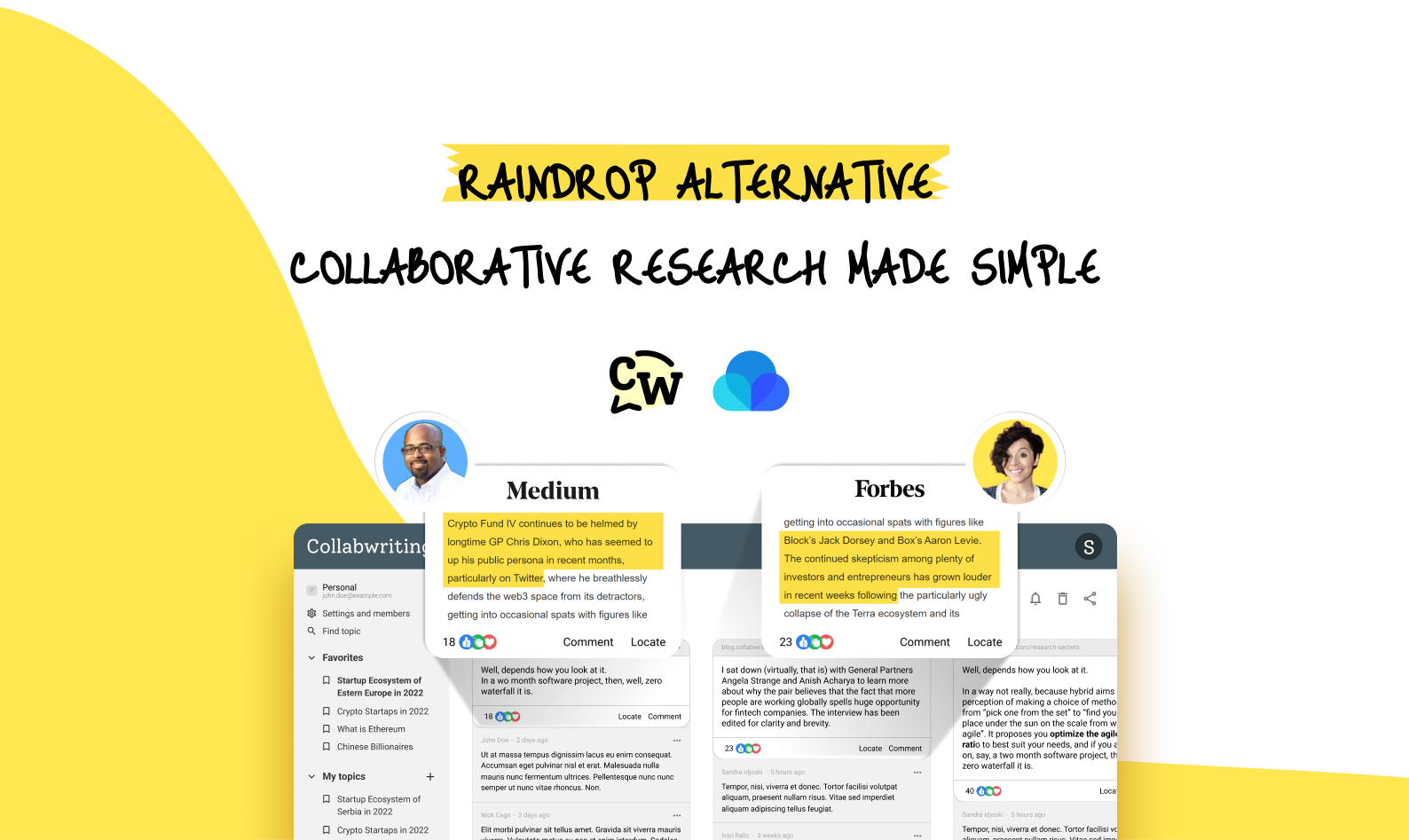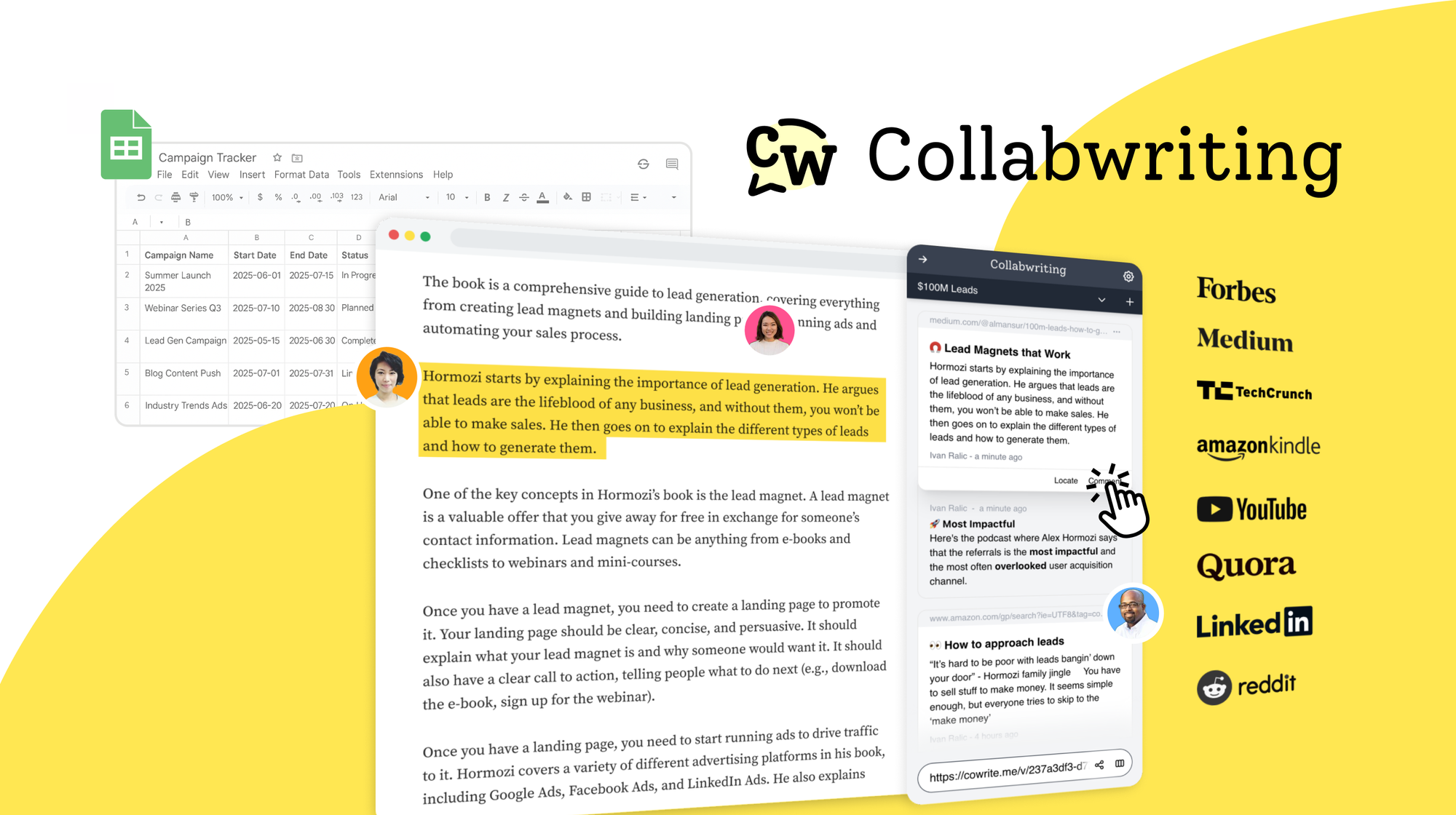Everyone says you should 'build your brand's authority' to get noticed and grow.
But when you and all your competitors are doing the same things - how do you stand out?
Standing out in a crowded industry isn’t easy. Most brands rely on the same playbook: publishing blog posts, chasing trends, and trying to out-shout their competitors.
But there’s a smarter path.
By using original research in marketing, you can create insights your competitors can’t copy. Original data builds authority, earns backlinks, and positions your brand as the go-to resource in your field.
What Is Original Research In Marketing?
Original research in marketing means collecting and analyzing new, unpublished data that provides unique insights for your audience.
Instead of recycling what others have said, you create something fresh and credible - the kind of content people want to reference, share, and return to.
Unlike traditional market research, which often focuses on understanding your customers superficially, original research digs into the questions your customers have about their industry. This approach positions your company as a helpful resource, supporting your audience even if they haven’t started doing business with you yet.
Consider Your Customers' Needs When Planning the Research
Engage your marketing team to craft precise questions that yield clear insights into your customers’ key concerns.
For example, a tech company might not just ask what people want from a phone. Instead, they explore problems and needs smartphone users face daily. The goal is to be helpful about anything related to smartphones, not just the product, becoming the go-to guide even for those who haven’t bought anything yet.
Crafting an Original Research Marketing Strategy - How To
A strong original research marketing strategy starts with knowing who you want to help and what questions they’re asking. This includes identifying your audience segments, planning surveys, choosing the right tools, and setting timelines for analysis and promotion.
Make sure your survey planning checklist includes:
- Who are you looking to support with this research? Be as specific as possible. Your goal is to understand the challenges and needs your users face, aspiring to be a valuable resource not only for your products but also for any related topics relevant to them.
- What insights does your audience seek to foster business success? Your audience seeks to understand the challenges and needs relevant to their work or industry. By comprehending these aspects, your goal is to provide valuable information that empowers them to make better decisions, improve outcomes, and contribute to the success of their business.
- Who are you trying to reach with your message? Target the individuals you want to engage by segmenting them based on demographics, location, role, industry, or other relevant factors. This ensures you connect with the participants who can provide the most meaningful insights for your research.
- How are you planning to conduct the survey and manage the collected data? With the right strategy, tools, and planning, you can design, target, analyze, and produce a complete, content-ready research report efficiently. Platforms like Collabwriting let your team save insights, highlight key findings, and collaborate in real time, keeping research organized and actionable.
- When do you plan to analyze the data and generate a report? Plan your analysis and reporting in alignment with your marketing and promotion schedule. This ensures the insights are timely, actionable, and can support campaigns, content creation, or other initiatives effectively.
Your marketing team is here to assist you in selecting the appropriate survey tools and creating user-friendly dashboards to visualize your survey data effectively.
Additionally, they can craft a promotional plan tailored to your timeline and goals, aiming to maximize the overall return on investment for the campaign.
Presenting the Findings from the Survey
After analyzing your data and identifying the most helpful insights, it’s time to present them clearly. Well-presented findings form the backbone of research-driven content marketing.
This typically involves creating a written report with graphics that is easy to share. Offer it in exchange for email addresses to grow your mailing list. Consider an engaging pillar page rather than just a PDF. Include clear calls-to-action, carousel images for social media promotion, and slides or infographics to illustrate key findings.
Teams can annotate, comment, and organize findings, making it easier to create reports, social media content, and slides for presentations.
Done right, research doesn’t just produce a report. It can fuel campaigns for months, support thought leadership, provide actionable insights for sales and PR teams, and even attract media coverage.

Collabwriting - Shareable Notes on Web Pages and PDFs
Collabwriting allows you to gather all your online sources in one place. No more endless scrolling, no more lost insights, just simple, structured knowledge at your fingertips.
Highlight, save, and collaborate with anyone on any content you find online.
Create Content Based on Your Findings
Your content team can extract insights from your reports and source data to craft blog posts, thought leadership articles, or media pitches. This is where research-driven content marketing comes to life.
By repurposing research into content, you can turn a single report into podcasts, slide decks, live event themes, or webinars.
Collabwriting makes it easy to track insights and collaborate across teams, ensuring context and original sources are never lost.
The more diverse ways you share your findings, the more opportunities you have to connect with your audience.
- Semrush
Regularly conduct new research and share your findings
Publishing original research in marketing consistently keeps your brand relevant and positions you as a trendspotter.
By sharing fresh insights on a regular basis, you show your audience that your brand is actively engaged in understanding market trends and challenges. This not only strengthens credibility but also creates multiple touchpoints for engagement through blogs, reports, social media posts, webinars, and events.
Frequent research also allows you to spot emerging opportunities, benchmark progress over time, and adjust your marketing strategy based on real data.
Over time, this approach transforms your brand into a thought leader, earning loyalty and attention from both existing and potential customers.
Conslusion
Original research is more than just collecting data. It helps you understand your audience and provide real value. Combined with a clear research strategy and content based on insights, it builds authority and trust.
Done consistently, research becomes a resource that drives decisions, strengthens relationships, and positions your brand as a trusted leader.
FAQ
What is original research in marketing?
Original research in marketing is the process of collecting and analyzing new, unpublished data to provide unique insights for your audience. It goes beyond recycling existing content and creates credible, shareable information that positions your brand as a trusted authority.
Why should my brand conduct original research?
Original research helps your brand stand out in a crowded market. It builds authority, generates leads, supports thought leadership, and provides data that your team can use to improve marketing, sales, and PR initiatives.
How do I plan a research survey effectively?
Start by defining your audience and understanding their key questions. Segment participants based on demographics, roles, and industry. Choose the right tools, set timelines for analysis, and align reporting with your marketing campaigns.
💡 Tools like Collabwriting can help organize data and collaborate across teams.
How can I present research findings to maximize impact?
Use clear, visual reports with graphics, slides, or infographics. Offer downloadable reports in exchange for emails, and create social media content to share key insights. Platforms like Collabwriting help annotate and organize findings for easy sharing.
Do I need a big budget to conduct original research?
No. While research can seem expensive or complex, a strategic approach with the right tools and planning allows you to produce high-quality, actionable reports without a massive budget.
How does original research help in building brand authority?
By producing unique, data-driven insights, your brand becomes a go-to resource for your audience. Sharing these insights consistently builds trust, strengthens relationships, and positions your company as a thought leader in your industry.




![The Best Tool for Collaborative Research in Content Marketing Teams [2026]](/content/images/2025/12/image--5-.png)

![5 Tools Marketers Use to Organize Research - Compared [2026]](/content/images/2025/11/cover-4-1.png)

![Build Credibility in Research: Smart Way to Verify Information and Track Sources Easily [2025]](/content/images/2025/10/covers-for-blog--7--1.png)

![How Marketers Can Turn LinkedIn Content into Collaborative Research [2025]](/content/images/2025/10/covers-for-blog--8-.png)
![Best Readwise Alternative for Personal & Team Research [2026]](/content/images/2025/09/Frame-814--3-.png)

